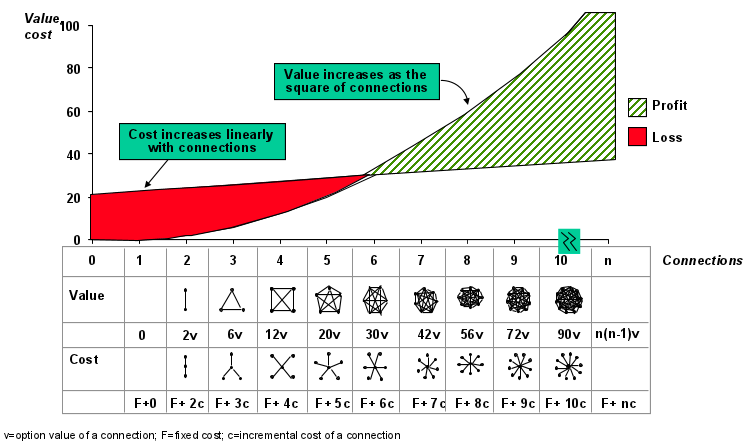There is a good reason why some find the “network neutrality” discussion so frustrating.
“The most confounding aspect of the contemporary net neutrality discussion to me is the social meanings that the concept has taken on,” says Gus Hurwitz, a professor at the Nebraska College of Law.
“These meanings are entirely detached from the substance of the debate, but have come to define popular conceptions of what net neutrality means,” Hurwitz notes. “They are, as best I can tell, wholly unassailable, in the sense that one cannot engage with them.”
“The most notable aspect is that net neutrality has become a social justice cause,” says Hurwitz. “Progressive activist groups of all stripes have come to believe that net neutrality is essential to and allied with their causes.”
One might argue that such weaponization of an issue is unfortunate. Network neutrality “raises important questions about the nature of regulation and the administrative state in complex technical settings,” he adds.
Beyond that, net neutrality as a concept is very complicated, despite the effort to paint it in simple, caricatured ways. How network management is different from “no blocking” of lawful content is often impossible to clearly distinguish.
Longtime observers of communication networks will tend to agree that no network, as a practical matter, is engineered to support any conceivable level of traffic. That is too costly. Instead, networks are built to support expected, typical peak traffic. That necessarily means spikes in traffic can tax any network.
When that happens, congestion occurs, and user experience degrades. In the old voice network, in fact, actual blocking of access was among the tools used to preserve network performance under unusual load. “I’m sorry, all circuits are busy now; please try your call again later” was a message users sometimes heard at such times.
Keep in mind, actual blocking of attempted lawful communication was among the tools used to manage traffic. Network neutrality principles actually do not permit such practices. The Federal Communications Commission has uniformly acted to preserve consumer access to all lawful applications, without any blocking or interference.
Among the greatest “threats” posed by the end of common carrier regulation is “paid prioritization,” the practice whereby app providers pay transport networks for better quality of service.
The problem, rarely mentioned, is that “almost all of today’s big content providers--the Googles and Netflixes--have invested massively in content delivery networks,” Hurwitz notes. “These are networks that allow their content to bypass almost the entire Internet, dramatically improving performance. In other words, they have already paid for prioritization.”
Latency control is a technical means for improving end user quality of experience, and a routine way of optimizing content and application access. If anybody opposed such quality of service mechanisms, few of us have heard of it.
Ironically, in a competitive internet access market that is growing more competitive; where internet service providers are investing to improve speed and other elements of the experience, the end of common carrier regulation is supposed to lead--inevitably--to major ISPs intentionally degrading their performance, relative to peers, to stoke demand for CDN-style QoS.
Competition is a mechanism that controls such behavior, to the extent that better QoS (with some mechanism for maintaining it) is viewed as a “bad thing.”
Some argue there is rent seeking at work here. Rent seeking is the generation of revenue surplus by firms with market power. What is not clear, many ask, is whether rent seeking is happening, and if so, “by whom.”
By one common definition, rent seeking is attempted by virtually every entity in the economy.
“One of the most common ways companies in the 21st century engage in rent seeking is by using their capital to contribute to politicians who influence the laws and regulations that govern and industry and how government subsidies are distributed within,” says Investopedia.
In that sense, every industry (and other groups such as trade unions) attempt rent seeking. So rent seeking is a rather useless concept, where it comes to analyzing industry behavior: any industry’s behavior.

